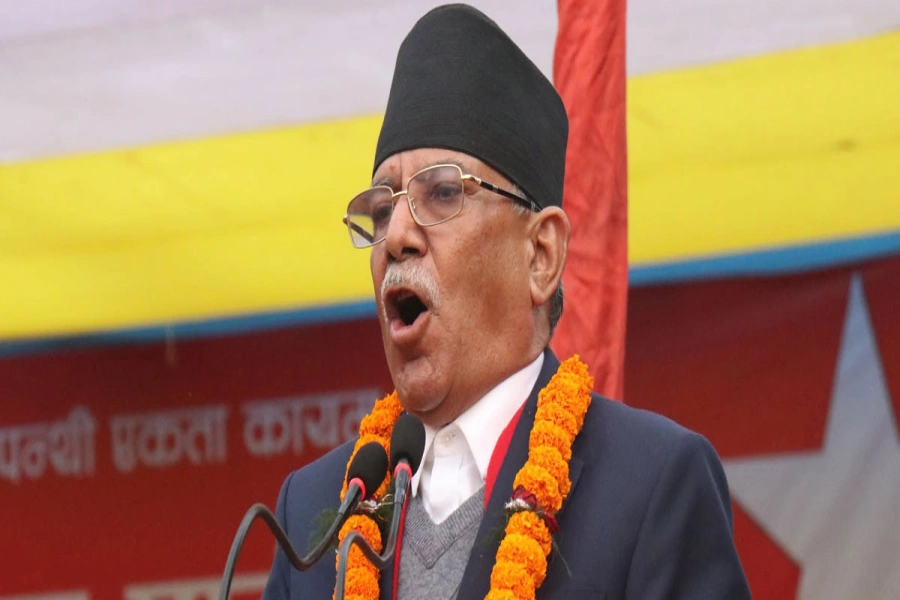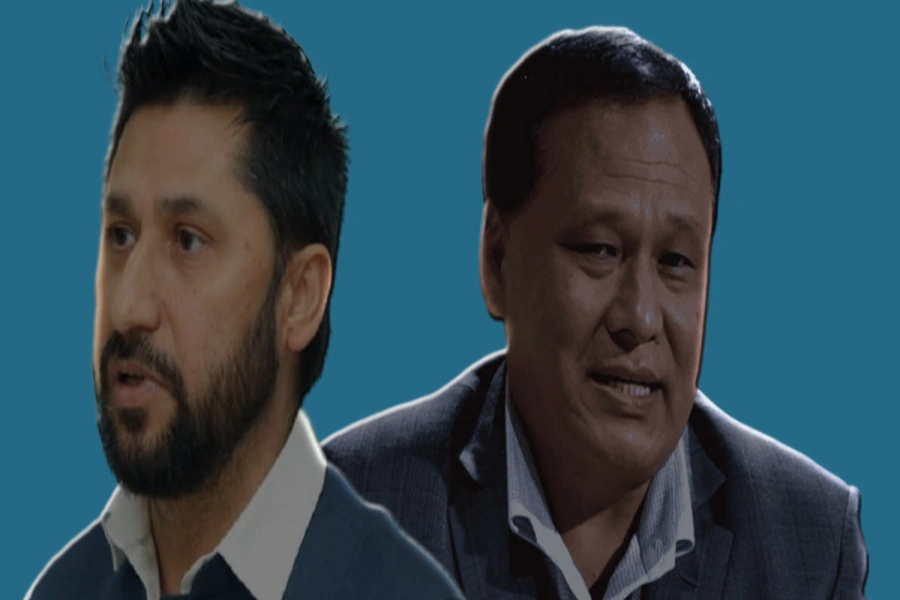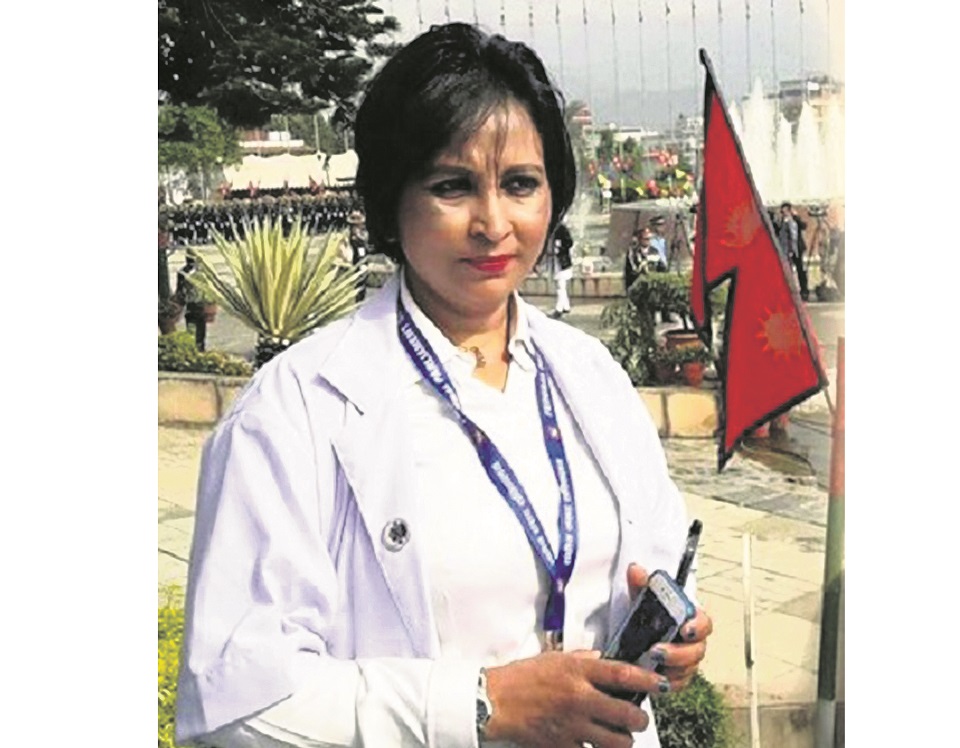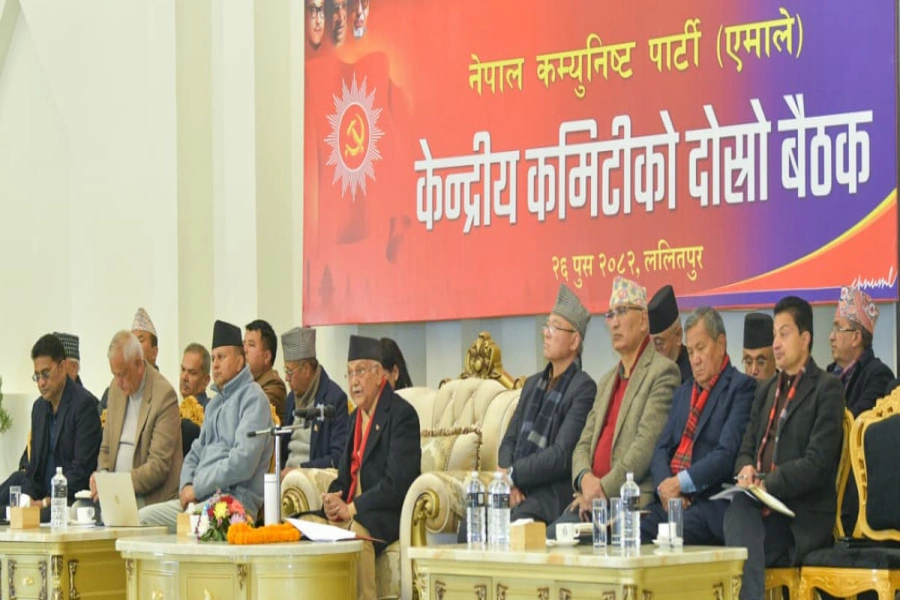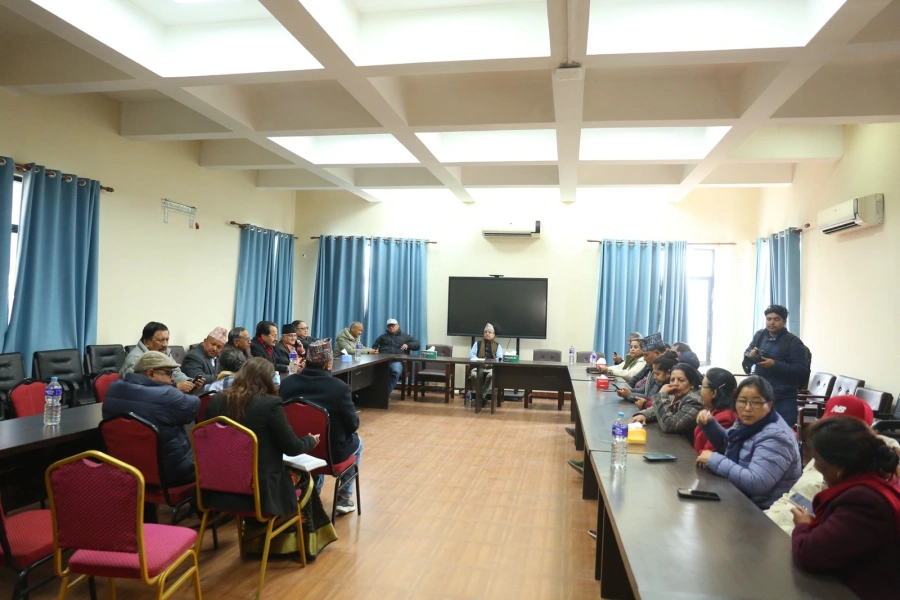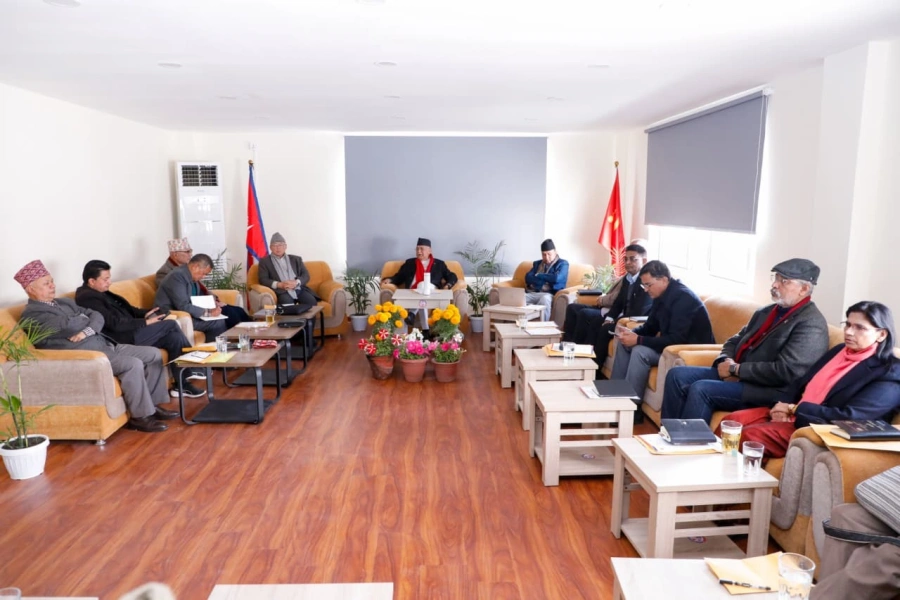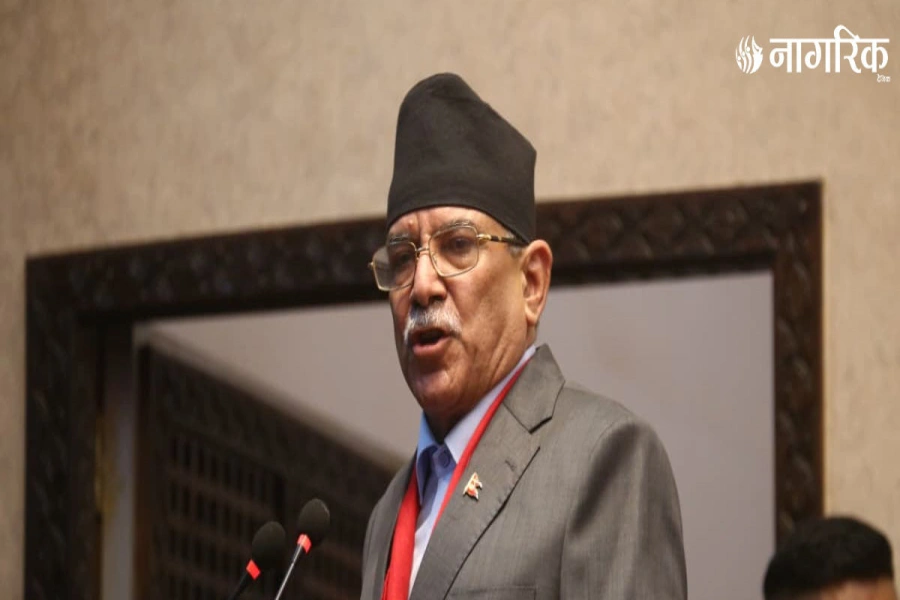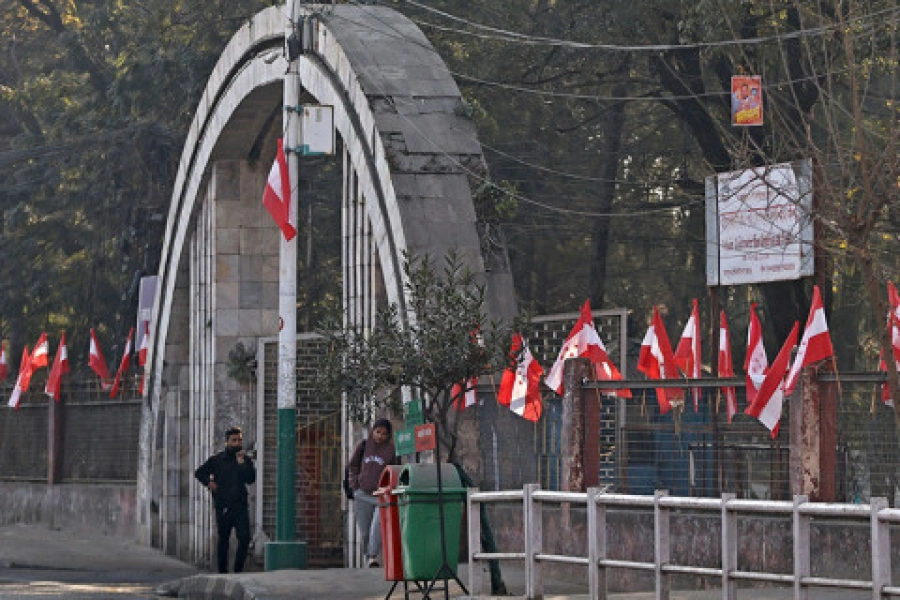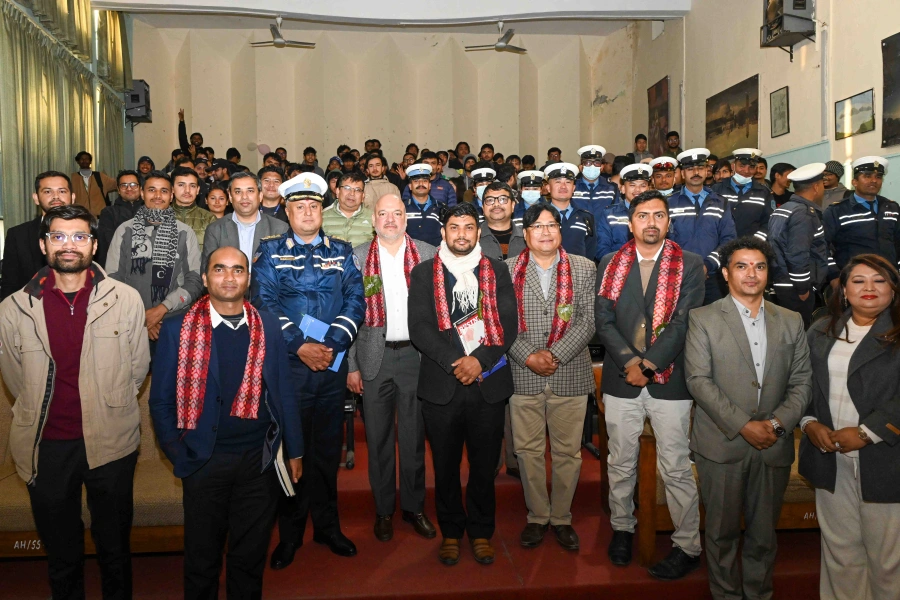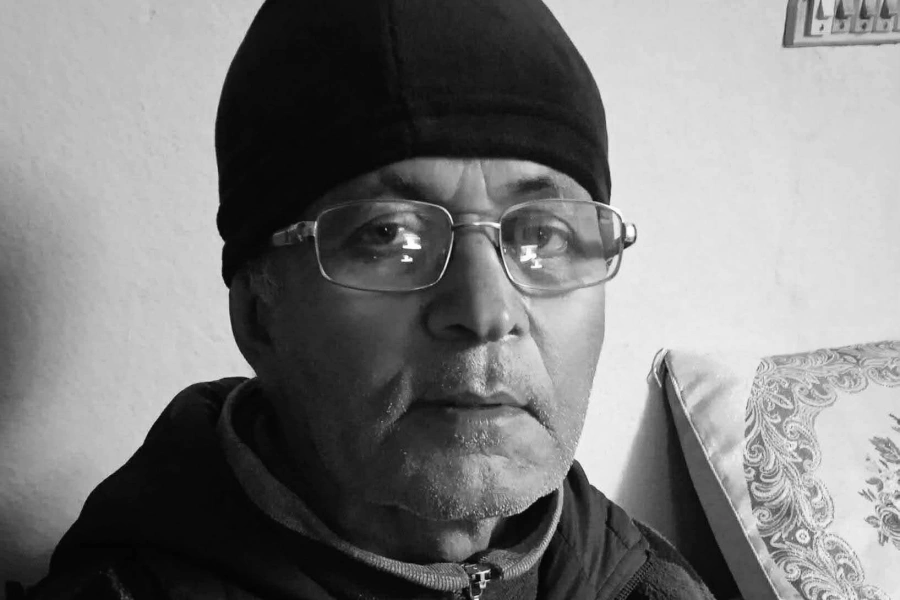Just as TU is devoid of its intellectual life, it is destitute of its administrative life too. I, therefore, declare administrative death of TU
The recently published results of the exams conducted by Tribhuvan University Service Commission (TUSC) for different administrative positions have become the subject of public criticism. Almost all of those who passed the written examination are relatives of professors who ingratiate themselves with politicians to exercise power for their personal aggrandizement, powerful administrative staffs and some former student leaders capable of influencing TUSC.
Though previous such exams conducted by TUSC were not completely fair, the recently published results probably mark a phase in its hitherto history characterized by the most unfair conduct of the exams for the recruitment of administrative staffs.
This momentous negative event has led me to shift my analytical focus from TU’s intellectual life to its administrative life. When I juxtapose its intellectual and administrative lives, I see no difference between them in terms of existential identity. Just as it is devoid of its intellectual life, it is destitute of its administrative life too. Therefore, just as I declared its intellectual demise a year back, I here declare its administrative death too.
An academic institution can be said to be administratively alive when the administrative procedures laid down by it are strictly followed in recruiting and promoting staffs—administrative and teaching, monitoring teaching staffs’ academic and pedagogical performances, assessing students’ academic performance etc. It loses its existence the moment these procedures are glossed over or its bureaucrats pretend to follow them in an effort to fool the public into believing that the way they recruit and promote teaching and administrative staffs is not guided by favoritism. The recently published results of the exams for different administrative posts serve as the damning evidence of TU’s administrative death. But this is only one part of the story. If we look at how TU usually recruits, promotes and monitors its administrative and teaching staffs and how its administrative and teaching staffs are chosen for many other opportunities, it might make a volume. Let me present some of them here.
100 plus migrant workers’ dead bodies await repatriation

Let facts speak
The TUSC published the results of the exams it conducted for the promotion of associate professors to the post of a professor on September 15, 2018. A majority of about 100 associate professors who were promoted were found to be close to the current ruling party (then CPN-UML) and previous ruling party (Nepali Congress) or the powerful officials associated with these parties.
TU administration takes no legal action against those teachers who are remiss in their duty. TU teachers who teach at Bachelor’s level are legally required to take 15 classes per week and those who teach at Master’s degree have to take 12 classes per week. However, about 700 university teachers working at TU and its constituent campuses located in the Kathmandu Valley have been taking fewer classes than they are legally required to. Despite this, they are paid in parity with their counterparts who take all of the classes assigned.
Physical presence has been replaced by paperwork presence. It has made possible for university teachers at TU to be present without being really present. One retired professor who subscribed to my argument about TU’s intellectual demise once told me that he surprised one journalist by claiming that all the TU professors (assistant, associate and full) are never absent from the university. The journalist later came to know that though professors are physically absent from the university, they sign the attendance sheet including for their absent days on the day they are present.
More than 50 professors and researchers associated with the four research centers under the TU—Center for Nepal and South Asian Studies (CNAS), Center for Economic Development and Administration (CEDA) Research Center for Educational Innovation and Development (CERID) and Research Center for Applied Science and Technology (RECAST)—that were at their heyday in the 1970s and 1980s and are at their nadir now are paid salaries without engaging in research activities. In a situation in which no funds are available for empirical researches, it is incumbent upon them to carry out a theoretical/philosophical research, which, unlike the empirical one, can be undertaken without spending an inordinate amount of money.
On April 15, 2018, the Ministry of Finance(MoF) requested the TU adminitration to recommend 30 qualified university teachers working at TU for the Master’s level scholarships under the 2018 China Aid Academic Degree Education Program. Five candidates affiliated with then CPN-UML were recommended without going through strict selection process. The scholarship notice was not published in media outlets to ensure their selection.
Private within public
With its administrative death, TU is no longer a public institution. What I am alluding to by TU is no longer a public institution is that it has taken such an institutional form, which is neither public nor private. This means the present TU is neither a public institution nor a private institution. With its administrative demise, if it had taken the form of a private institution, it would have been good news for those who advocate the presence of unbridled market in all the sectors, including education. The fact that TU is no longer a public institution is good news neither for adherents of public education nor for champions of private education. It is good news only for those who are benefitting from its administrative demise that gave rise to change in its institutional status from the public to what I call ‘the private within the public’.
Unlike its past counterpart, the present TU has two appearances—external and internal. TU as a public institution is what it appears externally and TU as “a private institution within a public institution” is what is really hidden beneath its external appearance.
What sets ‘the private within the public’ apart from the private academic institution is that it is focused on the personal aggrandizement of certain officials and teachers with no moral scruples who misuse their authority by appointing administrative and teaching staffs unfairly. Another fact that distinguishes between ‘the private within the public’ and ‘the private’ is that the latter gives priority to the appointment of highly qualified administrative and teaching staffs to ensure that it offers quality education and becomes a center of knowledge production. TU is a private institution within a public institution or what I prefer to call ‘the private within the public’ since the process involved in selecting, promoting, rewarding and monitoring administrative and teaching staffs is practically governed by the vested interests of certain professors who entered the TU using political clout and relish exercising power for pecuniary advantage.
Illusion of existence
TU seems to exist but in actuality, it exists neither intellectually nor administratively. With its administrative demise, it has gained new institutional status, which is neither public nor private but ‘private within public’. Therefore, it is nothing but ‘the private within the public’ marked by misuse of authority by unscrupulous officials to recruit their relatives and political friends by confining the selection process to a charade, to the detriment of its intellectual growth.
Since the existence of the administrative life of a university is a necessary, albeit not sufficient, condition for the existence of its intellectual life, an intellectually dead but administratively still living university is more likely to rise like a phoenix than a university that is dead both administratively and intellectually. One year ago, I argued that we need to create “an ideal university environment” if we are to resuscitate intellectually dead TU (See “Reviving TU”, Republica, June 5, 2018). But such an environment can be created only by reviving its bureaucracy. How can TU devoid of an administrative life create such an environment?
The author is associated with Central Department of Rural Development, Tribhuvan University



